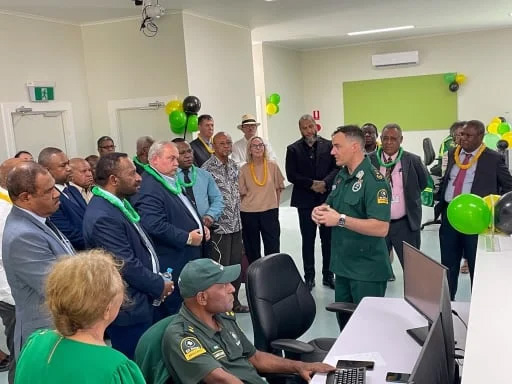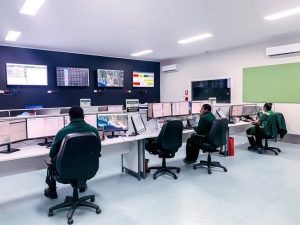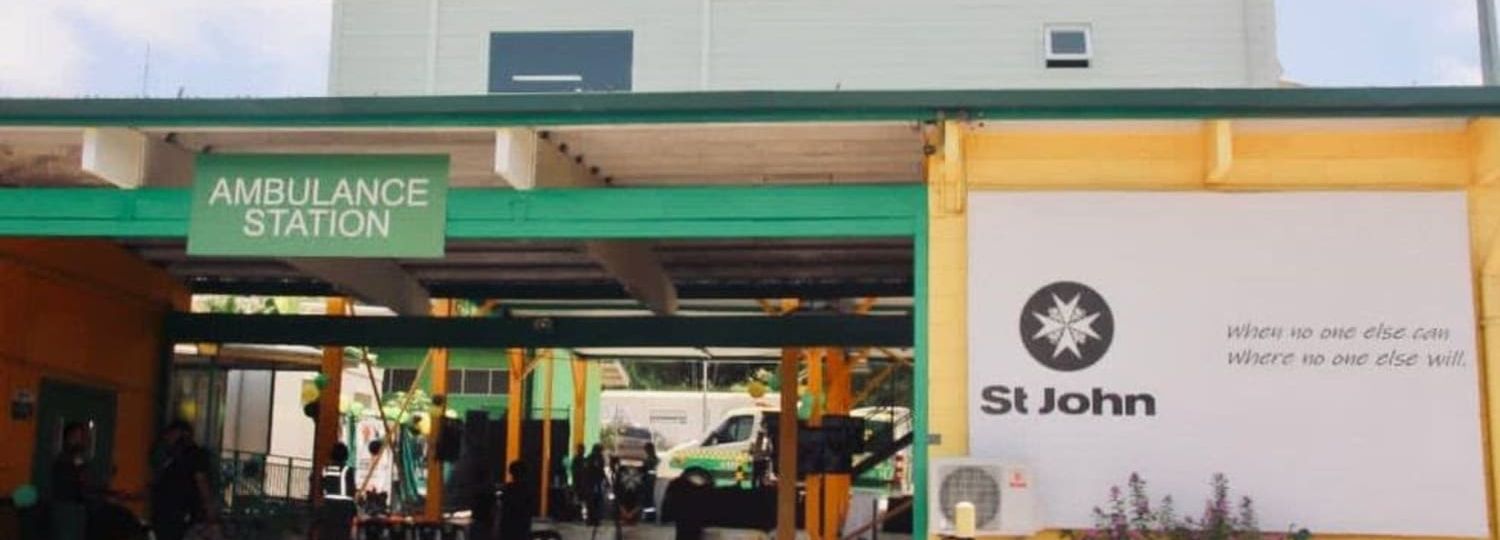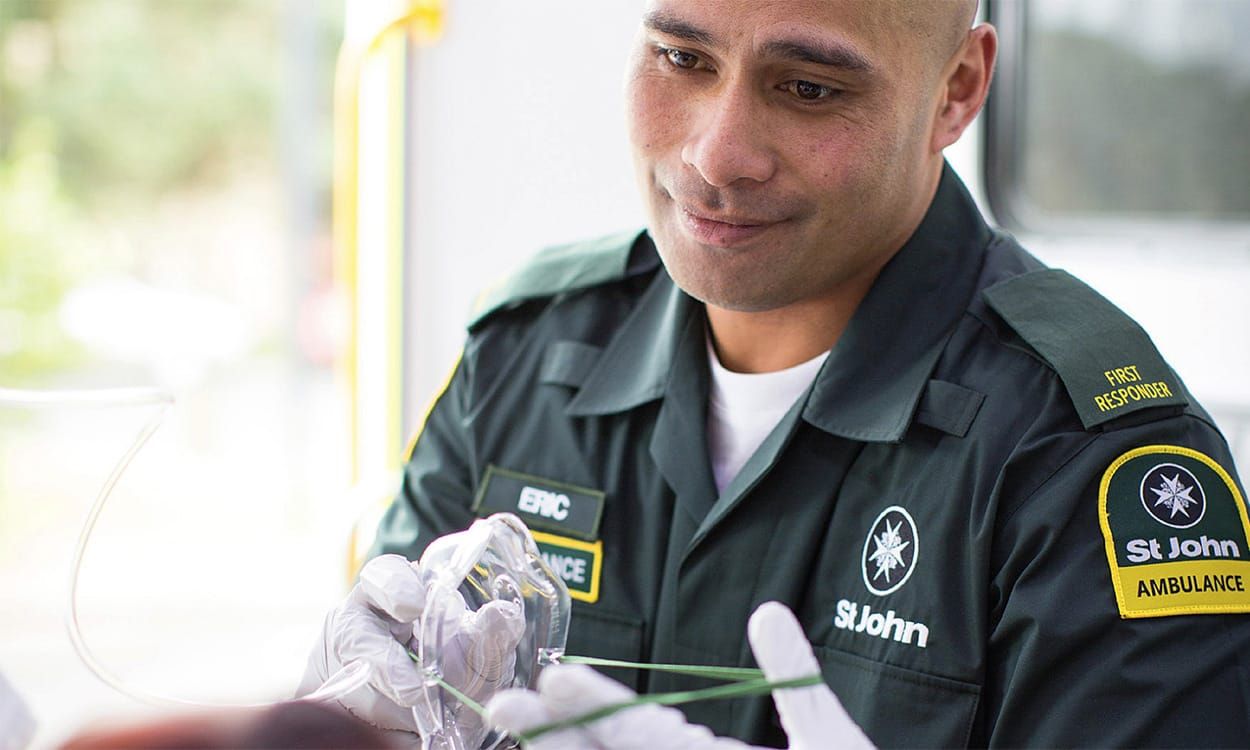The importance of a well-coordinated and easily accessible ambulance service is often taken for granted by many people, but for those living in Papua New Guinea (PNG), in isolated communities and rugged terrain, a reliable and fast ambulance service is vital. The launch of the new centre will help Papua New Guinea improve its ability to respond to emergencies.
The National Ambulance Operations Centre is located at the St John Ambulance PNG headquarters in Port Moresby and is jointly funded by the Department of Prime Minister and National Executive Council (NEC) and Kumul Consolidated Holdings.
The new centre provides the St John Ambulance PNG with a much-improved ability to coordinate ambulance services. It has the capacity to support 120 ambulances and 10 flight medical teams at any one time.
The centre will accommodate the ambulance service’s nationwide radio network, developed with the support of the PNG Government and the PNG-Australia Partnership. The new radio system utilises the latest integrated voice and data technologies to streamline nationwide emergency communications and enable quick tasking of ambulances.
“The increased capacity of the new National Ambulance Operations Centre (NAOC) together with the new computer aided dispatch system known as “Responder One” will dramatically improve the quality of services we provide our fellow Papua New Guineans in an emergency 24hrs per day.”

In support of PNG’s St John Ambulance Service, the Prime Minister of PNG, James Marape, said, “St John Ambulance Service will be allocated increased budgetary support in 2023 to support their key corporate objectives as outlined in the strategic plans.”
“My department is also supporting the review of the outdated legislation to incorporate new amendments that would bring changes to the way St John Ambulance Service would deliver and respond to ambulance services in PNG. The amendment is coordinated together with St John Ambulance Service and the Department of Justice and Attorney General (DJAG).”
Prime Minister Marape said he intends to revise the law to ensure St John Ambulance Service is mandated to perform specialist functions and responsibilities, for example, to allow them to recruit retrieval emergency medical technicians to be able to provide high-quality and administer emergency services during emergency situations to save the lives of the community.
Emergency 111 proves its worth for rural highlands communities
Nurse Jenny is an officer-in-charge at the Gaglmamabuno aid post in Simbu Province, a village located in the eastern part of Gembogl District close to the border with Eastern Highlands Province.
She had been caring for a 21-year-old first-time mother who had been in labour for 24 hours and realised that she had a medical emergency she couldn’t manage.
With no one nearby to help, she thought of the St John Ambulance Service. She needed assistance in transporting her patient to the Kundiawa General Hospital.
“This was my first-time calling St John Ambulance for an emergency with a patient. I heard a little about them, so I called 111.”
The call was received and registered at around 7 am, but due to the ambulance service being engaged in other emergency cases in and around districts of the province, an ambulance didn’t arrive until 1 pm.
While Jenny waited patiently for the arrival of the St John Ambulance, the 111-call handler stayed in contact with her, providing reassurance until the ambulance arrived at the aid post.

The ambulance officer at the scene noted, “When we arrived at the aid post, I could sense the feeling of excitement and joy in Jenny’s eyes, knowing that we were there to help her overcome the challenges of getting her patient to the hospital.”

Despite the wait, Jenny was grateful and thanked the 111-call handler for their reassurance and for staying in contact with her until the ambulance arrived. She also thanked the St John Ambulance officers for getting her patient to the hospital safely.






